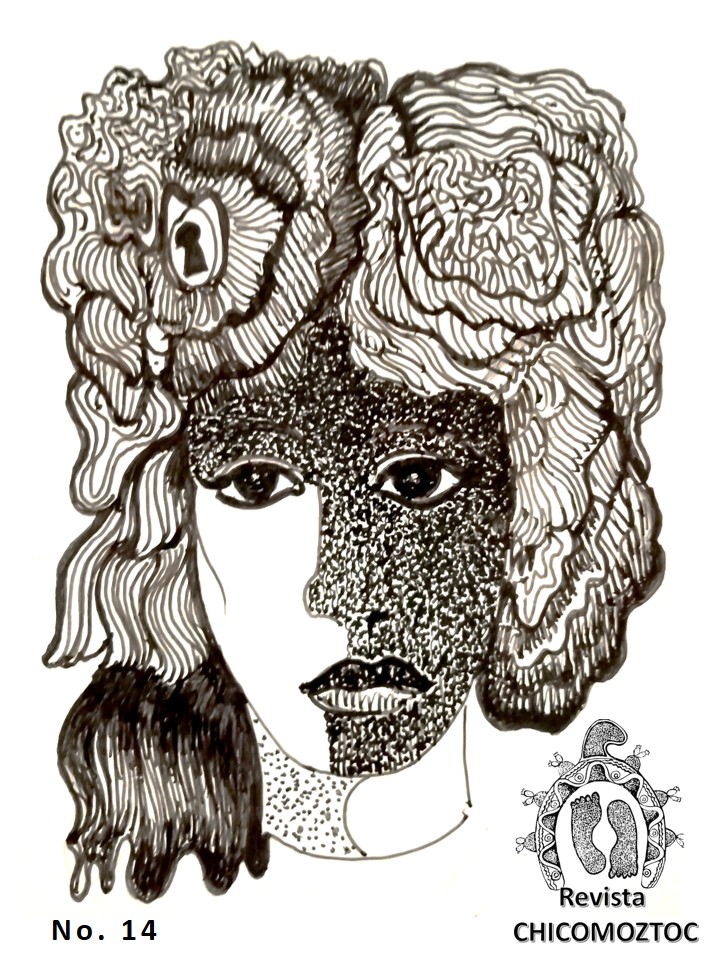Vol 7, No 14 (2025): Revista Chicomoztoc, Vol. 7. No. 14, Julio – Diciembre 2025
Issue Description
With Issue No. 14 of Chicomoztoc Magazine, we delve into a vast and complex territory: that of memory. This edition is structured as a meeting place between the past and the present, a constant dialogue between the traces of ancient civilizations and the urgent crises of contemporary Mexico. Through the lens of research, we explore how memory is built, defended, and reclaimed, whether in archaeological remains or in the struggles for social justice.
Our exploration begins in the depth of the past with a series of works dedicated to unearthing and deciphering the Mesoamerican heritage. A fascinating study on "The Lamat ½ T510 glyph and Huastec art" shows us how the worldview on the origin of corn and the lighting of the New Fire was expressed in Huastec art. In the same vein, the analysis of "Ethnozoology of hydrobiological resources in Mesoamerica" reveals the continuities and transformations in the ritual, symbolic, and nutritional use of aquatic animals. These works, together with the review of the book "The seats of power in Mesoamerica" edited by Linda Manzanilla, invite us to reflect on how archaeological methods and historiography allow us to understand the power structures and daily life of our ancestors.
The past is also the subject of an innovative search with "Predictive models in GIS for locating lost sites in the Lacandon Jungle," which demonstrates the potential of technological tools to rediscover what time has hidden.
Moving towards the present, the magazine confronts the challenges of our time, where memory is not a luxury, but a tool for justice. Two essays focus on the tireless forensic work to provide certainty and truth. The article on "The use of chemical residue techniques through spot tests as a method for verifying forensic contexts" presents a scientific methodology for prospecting, while the study on "Poroscopic topology" reaffirms the validity of a centuries-old method for fingerprint identification, adding to the most current international protocols.
Finally, this issue takes on the responsibility of addressing the most painful of contemporary realities: the disappearance of people. The article on "Strategies in the search processes for disappeared and unlocated persons in Mexico" examines the protocols and search tools, underscoring the urgency of preventive and gender-sensitive approaches. Complementing this view, the essay "Journalism as a tool to generate historical memory for victims of disappearance" offers a case study on how a media outlet reinvents itself to give a voice to the families of disappeared youth, turning information into an act of resistance and a form of collective memory.
Together, the works in this Issue No. 14 of Chicomoztoc show us that research, in all its forms, is fundamental for the construction of truth. We invite you to explore these pages, to reflect on the connections between the skies of ancient Huasteca and the search for justice in the jungles of Chiapas, and to recognize the power of memory to illuminate our path.

